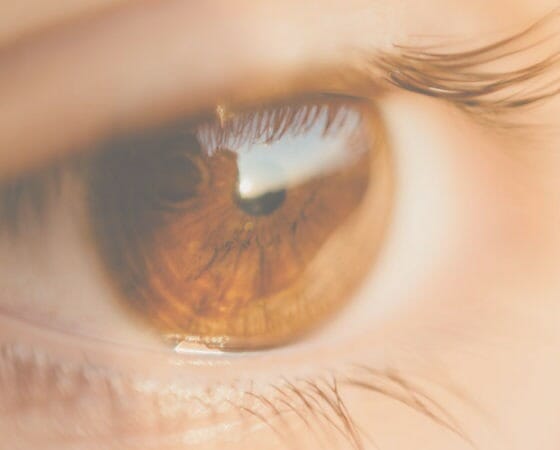Understanding Cataracts
A cataract is a cloudy or opaque area in the lens of the eye. The natural lens of the eye is located behind the pupil and the iris. In a healthy eye, light passes through the lens and into the retina where it then changes into nerve signals and is sent to the brain. When cataracts occur, images appear blurred or out of focus due to cloudiness in the lens, which scatters light entering into the retina.
If you are suffering from a cataract, you may experience blurred vision, muted colors, increased sensitivity to light and glares, and difficulty seeing at night. Here’s what can be done about them.
Causes of Cataracts
It’s fairly common to experience cataracts as a symptom of old age. However, there are some external factors that could increase your risk of developing cataracts. Smoking and heavy alcohol consumption, for example, have been linked to cataracts, as shown by this study by the National Health Institute and the National Center for Biotechnology Information.
Cataracts can also be caused by exposure to ultraviolet radiation, diabetes, and some nutritional deficiencies, too. Studies have shown that vitamins C and E can help reduce their risk. The Nutrition and Vision Project conducted a study showing how prolonged use of vitamin C and E supplements for ten or more years could actually reduce the progression of cataracts.
It’s possible for some cataracts to be passed from mother to child; these are called congenital cataracts. Cataracts can also form after sustained damage to the eye—this is called a traumatic cataract and can form years after injury.
Types of Cataracts
There are three common types of cataracts, and each type occurs in a different part of the lens. First, a nuclear cataract occurs in the center of the lens. When nuclear cataracts occur, the nucleus of the lens can turn from clear to yellow or brown. This type of cataract is most closely associated with aging. Second, a cortical cataract affects the area surrounding the nucleus of the lens. This type of cataract can look like the spokes of a bicycle.
Third, a posterior capsular cataract, or a subcapsular cataract, occurs in the back outer layer of the lens. This type of cataract is most commonly associated with diabetes and high doses of certain steroids.
Treatment for Cataracts
Mild cataracts can often be corrected with prescription eyeglasses. Anti-glare material on eyeglasses and sunglasses may also help to relieve the symptoms associated with cataracts, like blurred vision.
However, if a cataract progresses to the point where the patient cannot see, corrective surgery may be necessary. Some cataract surgery involves removing the damaged lens and replacing it with an artificial one. These artificial lenses are called intraocular lenses (IOLs). The two most common types of cataract surgery are small-incision surgery and extracapsular surgery. After surgery, many people require reading glasses or progressive lenses.
How You Can Prevent Cataracts
A healthy diet and lifestyle can greatly reduce the risk of cataracts, and healthy levels of vitamin E and C are thought to help prevent cataracts. Sunflower seeds, almonds, and spinach are all rich in vitamin E, in addition to other important nutrients. Although it’s impossible to completely eliminate the risk of developing cataracts, maintaining a healthy lifestyle will lower your chances and could reduce the severity of existing cataracts.

